Paper processing. Firstly, it is necessary to process the paper, including steps such as cutting, grinding, and calendaring. Printing is the core step in the production of homework books, which requires printing according to the design draft, including the front and back pages, cover, and other parts. After printing is completed, it needs to be bound. Common binding methods include nail binding, adhesive binding, thread binding, etc. After binding is completed, it is necessary to cut to ensure that the size and specifications of each workbook are consistent. Finally, it is necessary to package the notebooks for school, including storage bags, paper boxes, plastic film, etc.
The above steps are the basic process of making a school notebook, but the specific production process may vary depending on the type and purpose of the workbook. For example, some special-purpose workbooks may require additional process steps, such as waterproof treatment, dust-proof treatment, etc. In addition, during the production process of the homework notebook, it is also necessary to pay attention to some key quality control points. For example, the degree of glue application and the strength of the paper are very important. If the degree of glue application is too small, it will cause bleeding when writing; The degree of glue application is too high, and it dries slowly like copperplate paper. After writing, closing the notebook for school will easily cause the words to burn out. Facing the homework book to light, the paper fibers are evenly distributed, and the paper's folding resistance indicates high strength. Overall, the production process of homework notebooks is a relatively complex process that requires meticulous operation and strict quality control.
Quality control points for school notebooks
The quality of the paper directly affects the writing effect and service life of the workbook. Therefore, the thickness, hardness, smoothness, and other quality control points of paper need to be emphasized. Printing quality is an important component of school notebooks, including color accuracy, clarity of text, and aesthetics of patterns. These all need to be controlled through specialized equipment and technology. The quality of binding is directly related to the convenience and durability of the workbook. The firmness, flatness, and neatness of binding are all quality control points that require special attention.
With the increasing awareness of environmental protection among people, the environmental indicators of middle school notebooks have also become an important quality control point. This includes the source of paper, the composition of printing ink, and the environmental friendliness of binding materials. The size and specifications of the homework book need to meet specific standards to meet the needs of different grades and subjects. This is also an important quality control point. Modern homework books often have some special functions, such as waterproofing, anti-fouling, and easy to tear. The implementation of these functions also requires control through specialized processes and materials.
The common size of a school notebook
The following are some common high school notebooks. 20A typical A4 workbook is 29.7cm long and 21cm wide. An A5 (32K) workbook is 21.0cm long and 148mm wide. A6 (64K) homework notebook, 14.4cm long and 10.5cm wide. A3 (8K) workbook, 42.0cm long and 29.7cm wide. It should be noted that these sizes are only common specifications, and in reality, the size of the workbook can be adjusted according to specific needs. For example, some schools or educational institutions may have special size requirements. At the same time, the size of the homework notebook will also be affected by the type of paper and printing technology.

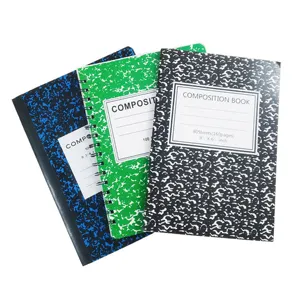






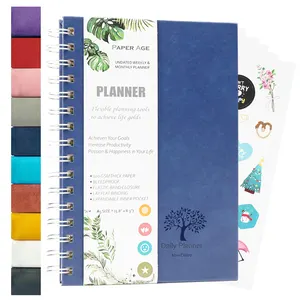



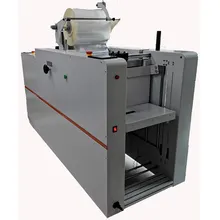

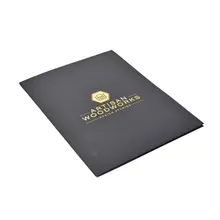










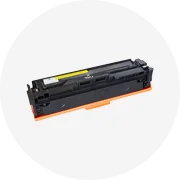




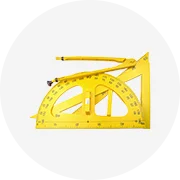













 浙公网安备 33010002000092号
浙公网安备 33010002000092号 浙B2-20120091-4
浙B2-20120091-4